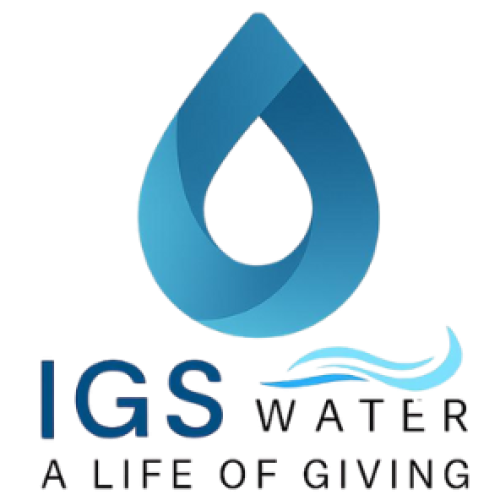If you own a pond, dam, or small lake, you know the struggle: algae blooms, foul odors, murky water, and stressed aquatic life. These issues aren’t just cosmetic; they are symptoms of a critical underlying problem known as thermal stratification and oxygen depletion.
Fortunately, the solution isn’t adding harsh chemicals; it’s deploying the IGS Pond Aeration System (Destratification System).
Understanding the Root Problem: Stratification
In stagnant bodies of water, temperature creates distinct layers: warm water sits on top, and cooler, denser water settles at the bottom. This thermal stratification prevents natural mixing.
- Bottom Layer (Hypolimnion): Stays cool, becomes dangerously low in dissolved oxygen (anoxic), and acts as a sink for nutrient pollution (like phosphorus) released from sediment.
- Top Layer (Epilimnion): Experiences high temperatures, leading to rapid algae growth and oxygen depletion at night.
This imbalance suffocates aquatic life, releases unpleasant odors, and fuels destructive algae blooms.
The IGS Solution: Artificial Destratification
The IGS system acts as a mechanical mixer and oxygenator, actively reversing this stratification to create a uniform, healthy water column.
How It Works (The IGS Difference):
The IGS system achieves aeration by recirculating water through an integrated Water Conditioner and an Aerator.
- Deep Water Intake: The system uses a pump to draw water from the deepest, most stagnant parts of the pond (where oxygen is lowest and nutrients are concentrated).
- Conditioning & Turbulence: This drawn water is forced through a Water Conditioner, where areas of high and low pressure create intense turbulence. This process subtly modifies the minerals in the water, and combined with increased oxygen, changes the electrical charge of the minerals, making the water softer, “wetter,” and healthier.
- Aeration & Circulation: The water is mixed with air in the aerator chamber, and the resulting plumes of air rise to the surface, creating a powerful thermal flow. This constant mixing ensures oxygenated water drops to the lower levels, and nutrient-rich stagnant water is brought to the surface to be processed.
Detailed Mechanics of the IGS Pond Aeration System
1. The Integrated System (Recirculation)
The IGS system is designed as a complete recirculation and treatment loop:
- Intake: A water intake manifold allows water to be drawn by a pump specifically from various parts of the lake or pond, targeting the most stagnant areas. The suction port must be installed as low as possible in the water column to ensure effective destratification, while avoiding clogging from mud or dense algae.
- Conditioning: The water is forced through the IGS Water Conditioner element. Here, areas of low and high pressure are engineered to create intense turbulence. This turbulence is critical for increasing the “water alloy contact ratio,” which initiates the subtle physical change to the mineral structure of the water.
- Aeration: The conditioned water is then mixed with air in the aerator chamber.
- Discharge: The discharge sends the treated, aerated water back into the pond. The plumes of air rising to the surface create a forceful circulation pattern that drives the thermal flow and mixes the entire body of water.
2. Ecological Mechanics (The Reversal)
The system fundamentally changes the water body’s thermal and chemical dynamics:
- Temperature Uniformity: The forced circulation, known as Artificial Destratification, reverses the natural (and unhealthy) process where warm water stays on top and oxygen-depleted cold water sits below. The system pushes water from the depths to the surface, breaking up these thermal layers.
- Nutrient Mitigation: By mixing the water column, the system reduces the concentration of nutrients in the bottom sediment (specifically, it reduces sediment phosphorus load). Phosphorus is a major food source for algae. By reducing its availability, the system controls algae growth.
- Algae Control: The process not only starves the algae of nutrients but also mixes the algae deeper into the water column, taking them away from the sunlight they need to thrive.
3. The Water Quality Improvement
The physical conditioning and aeration lead to key water quality improvements:
- The increased oxygen and the subtle changes made to the minerals and nutrients affect the electrical charge of the minerals, resulting in “softer, wetter, more aerated, healthier water.”
- This healthier environment leads to a visible change from water that is stagnant and murky with a noticeable algae buildup and low oxygen, to water that is clearer, more vibrant, and balanced.

